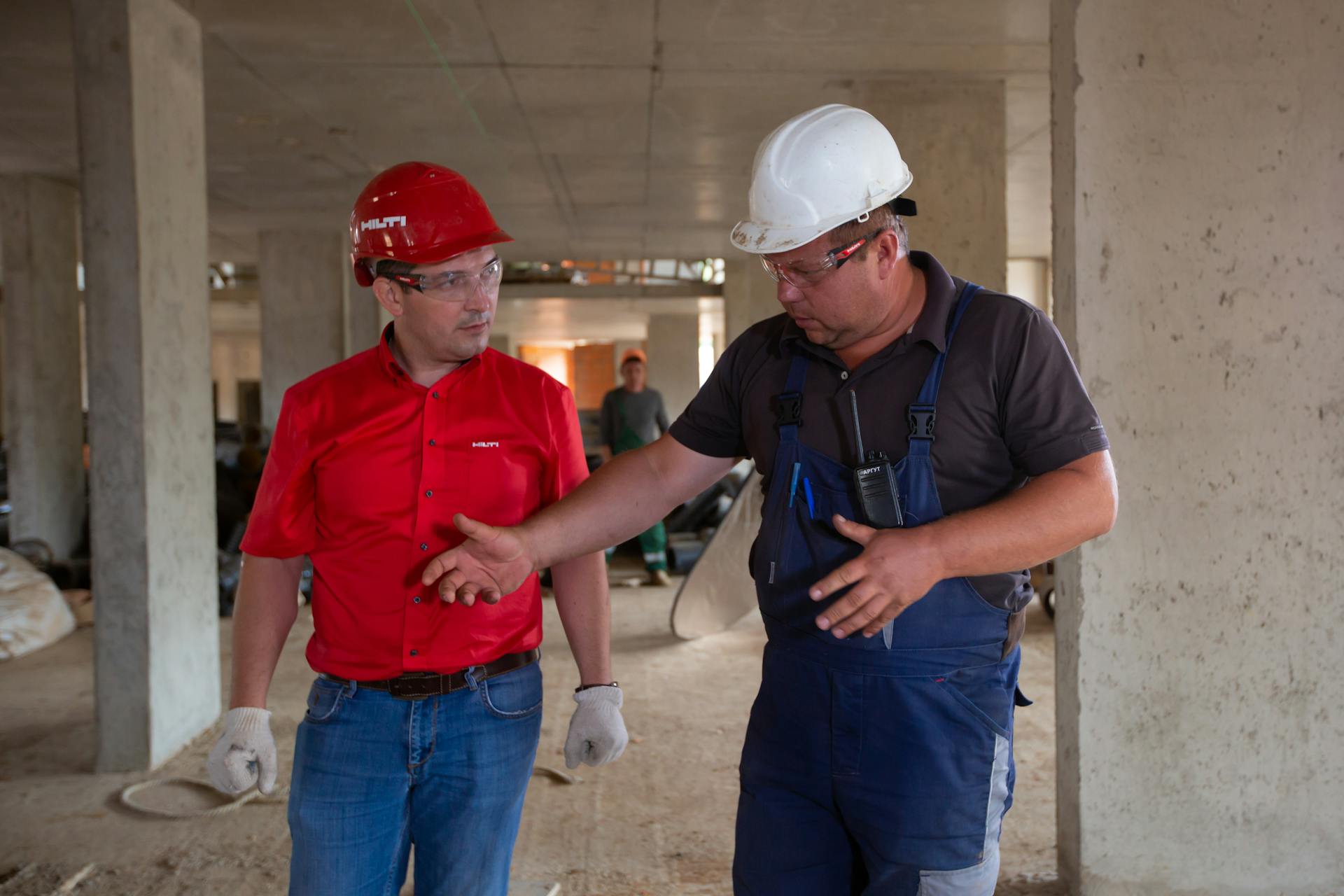In mining, construction, energy and industrial roles, the line between working to live and living to work often disappears. Long hours, tough rosters and remote site conditions can push even the most grounded person into survival mode.
This guide is for you if you’ve ever found yourself asking, “Am I just earning money—or missing life altogether?” We’ll break down the signs of imbalance, how to reset your values, and give you practical ways to shift the scale back towards a better work-life balance in blue-collar careers.
What Does Work-Life Balance Look Like in FIFO and Construction Jobs?
Work-life balance doesn’t always mean finishing at 5pm and heading to Pilates. For many blue-collar workers, it looks more like this:
- Two weeks on-site, one week off at home
- 12-hour days (or nights) in high-risk environments
- Roster swings that disrupt sleep, exercise and social routines
- Months away on shutdowns or major builds
While these schedules offer financial stability, they come with trade-offs. The impact of long-term separation from family, poor nutrition options, and disrupted circadian rhythms can be profound.
The Research Backs It Up
A 2024 study from Beyond Blue found that 62% of FIFO workers reported difficulties maintaining personal relationships, and 48% experienced chronic sleep problems. Mental health challenges, loneliness and physical strain are common and often go unspoken.
How to Know if You’re Living to Work
It doesn’t happen overnight. You don’t wake up and suddenly feel like your life’s gone off track. The signs build slowly, but if you’re paying attention, you’ll spot them.
Red Flags to Watch:
- Persistent Fatigue: You feel drained on your days off and sleep never seems like enough.
- Disconnection at Home: You avoid calls from loved ones or feel distant, even when you’re physically present.
- Loss of Hobbies: Things that once brought you joy now feel like too much effort.
- Stress-Driven Health Issues: Migraines, gut problems or rapid weight gain/loss.
- Over-Identification with Work: You lead every introduction with your job title, not who you are.
Mini Case Study
Sean, a tunnel-boring machine operator, had been on back-to-back shutdowns. One night, his partner said: “You’re home but not really here.” It hit hard. He couldn’t remember the last time he played guitar or helped his daughter with homework.
Common Mistake: Waiting until burnout hits before making a change. Prevention is always easier than recovery.
Step One: Clarify What Actually Matters to You
Before you can build a better work-life balance, you need to know what you’re optimising for.
A Simple Values Exercise:
- List Your Top 5 Values
Examples: Family, Health, Adventure, Learning, Community. - Rate How Well Your Current Role Supports Them (1–5)
Be honest. A ‘1’ means not at all. A ‘5’ means fully aligned. - Spot the Gaps
Any value scoring 3 or below needs more support outside of work. - Brainstorm Real Actions
For ‘Health’: Book a PT session.
For ‘Family’: Schedule a phone call every second night while on site. - Turn It Into a SMART Goal
E.g. “Join local footy team by October. Attend 1 training weekly.”
Download This: Tips for mental wellbeing on-site
Practical Ways to Reclaim Your Life Outside Work
Once you’ve mapped your values and gaps, it’s time to put real strategies in place.
1. Rethink Your Roster
If your current roster is crushing your life outside of work, see if there’s room to move.
- Explore Alternatives: Ask about 8/6 or 2/1 rosters instead of the standard 14/7 swing.
- Look for Local Roles: Drive-in, drive-out (DIDO) gigs may offer a better balance than remote FIFO camps.
- Switch Projects: Some sites are closer to home or offer more downtime.
2. Consider Part-Time
- 0.8–0.9 FTE Arrangements: You still get most of the income, with extra time for your personal life.
3. Maximise Your Off-Days
Make the most of the time you do have at home.
- Plan Micro-Adventures: Book a dinner, hike or surf trip so you have something to look forward to.
- Create Traditions: “Friday family movie night” or “Sunday BBQ” routines help reconnect faster.
Pro Tip: Keep a “Home Bucket List” on your phone. Every time you think of something you miss doing, add it to the list. Tick it off on your days off.
How to Have the Conversation with Your Consultant
If you’re thinking about changing roles, rosters or hours it’s okay to ask. But come prepared.
Prepare:
- Use your completed Values Worksheet
- Track fatigue, missed milestones or mood dips
- Show how performance could improve with better balance
Book a Proper Chat:
Request 15–30 minutes with your consultant. This is not a five-minute chat over lunch.
Use a Script Like This:
“I’ve been reflecting on how my roster impacts life outside of work. I’ve tracked my fatigue and family engagement over a few months and would love to trial an X roster for three months if available. I believe this would reduce risk, improve performance and help with retention. Can we explore it?”
Follow Up in Writing
Summarise what was discussed and agreed. Confirm next steps. Show you’re serious and professional.
Resources to Support Your Shift
- Mindfulness Apps: Calm, Smiling Mind, Headspace
- ime Trackers: Toggl, RescueTime
- Community: FIFO Forum, Mining Family Network (Placeholder URLs)
- Support: Your company’s EAP (Employee Assistance Programme)
Conclusion: Championing Your Life Beyond Work
Striking the right balance between making a living and actually living is a constant, evolving challenge in blue-collar professions. With long shifts, demanding environments, and distances from home, it’s easy for work to become all-consuming. But by clarifying your values, recognising early warning signs, and implementing flexible work and life plans, you can actively shape a more rewarding life both on and off the job.
Remember, every worker deserves not only a safe, meaningful career, but also a life outside of work that’s rich in health, joy, and connection.



